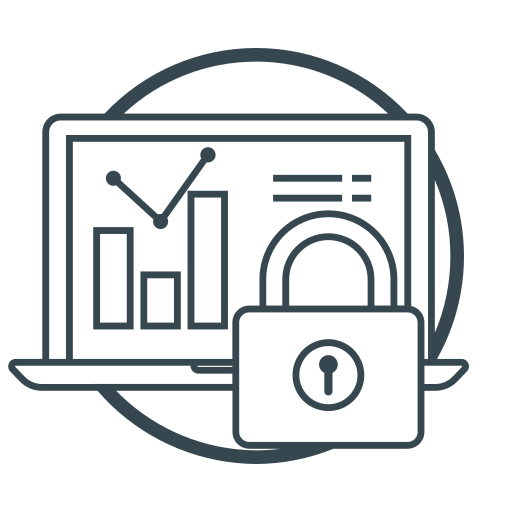Cyber threats are evolving at an unprecedented pace, making reactive approaches to cybersecurity no longer sufficient.
Predictive Analytics for Cybersecurity
Cyber threats are evolving at an unprecedented pace, making reactive approaches to cybersecurity no longer sufficient. The Predictive Analytics for Cybersecurity course empowers learners with the knowledge and tools to shift from reactive to proactive cyber risk management. Using advanced statistical techniques and machine learning models, predictive analytics enables organizations to anticipate cyber threats, assess vulnerabilities, and implement risk mitigation strategies before damage occurs.
This course offers a comprehensive introduction to predictive cyber security, covering data collection, model development, risk scoring, threat detection, and vulnerability management. It is designed to help professionals harness the power of data science to fortify cybersecurity defences. Whether you’re aiming to secure your organization’s digital infrastructure or explore a career in cyber risk analysis, this course will provide practical insights and hands-on knowledge essential for modern cybersecurity.
This course is ideal for cybersecurity professionals, data analysts, IT managers, and risk management specialists who want to integrate predictive analytics into their security practices. It is also valuable for data science enthusiasts, recent graduates, and business leaders seeking to understand how predictive techniques can pre-emptively identify and address cyber threats. A basic understanding of cybersecurity principles and data analytics will be helpful, but not mandatory, as foundational concepts are introduced early in the course.
Understand the fundamentals of predictive analytics for cybersecurity
Collect, prepare, and clean data for cyber risk modelling
Apply machine learning techniques to predict potential threats
Use statistical methods for cyber risk scoring and assessment
Build predictive models for vulnerability detection and threat response
Design risk mitigation strategies based on predictive insights
Evaluate the effectiveness of predictive models in a cybersecurity context
Explore future trends in predictive cyber security
-
Gain an overview of predictive analytics in the cybersecurity landscape and learn how it enables proactive risk detection and mitigation.
-
Learn how to gather, cleanse, and structure data from multiple cyber sources to build effective predictive models.
-
Explore supervised and unsupervised learning techniques for identifying malicious behaviour and predicting security breaches.
-
Understand how to quantify cyber risks using data-driven scoring systems and assess their potential impact.
-
Implement predictive models to identify anomalies, detect threats early, and respond efficiently to incidents.
-
Utilize analytics to prioritize and address security vulnerabilities before they are exploited.
-
Develop strategies to reduce cyber risk exposure using insights from predictive models.
-
Examine emerging technologies, challenges, and ethical considerations shaping the future of predictive analytics in cybersecurity.
Earn a Professional Certificate
Showcase your skills with a CPD-accredited certificate that validates your expertise and commitment, enhancing your career prospects globally.

Key Aspects of Course

CPD Approved
Earn CPD points to enhance your profile


